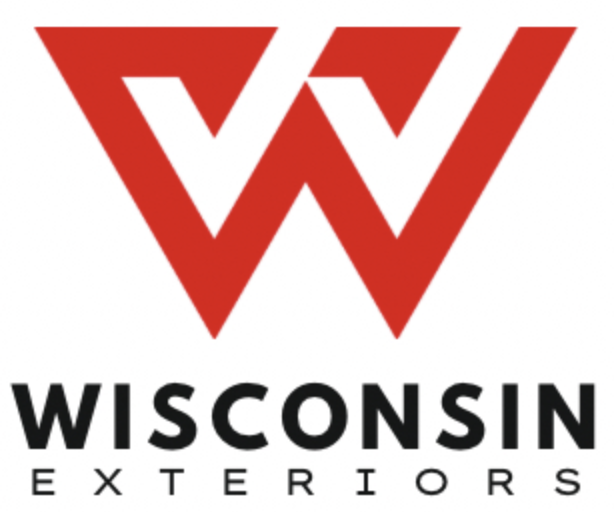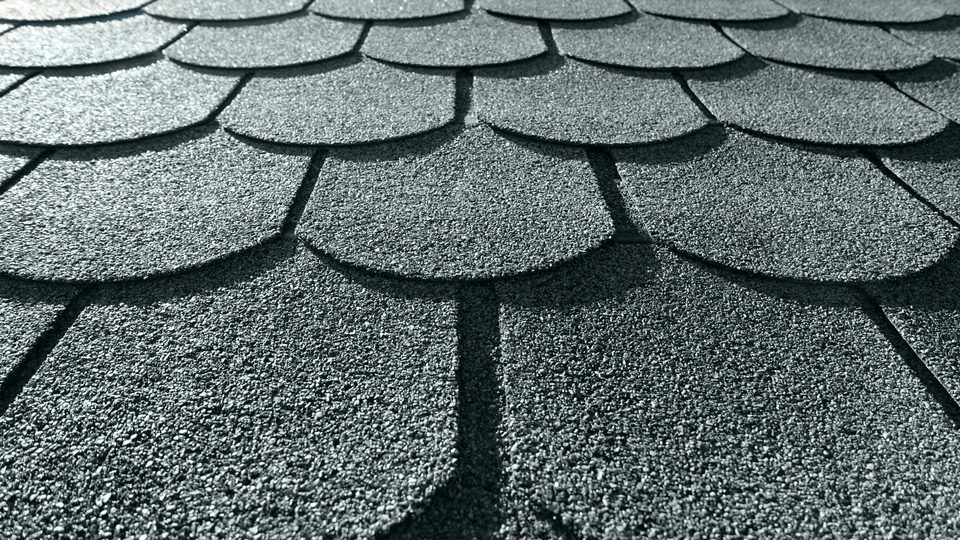

Choosing the right roofing material represents one of the most important decisions homeowners face. The metal roof vs shingles debate continues as property owners weigh factors like longevity, cost, appearance, and performance. Both options offer distinct advantages and limitations that suit different needs, budgets, and architectural styles. Understanding these differences helps homeowners make informed choices that protect their investment for decades.
Fox Valley homeowners face unique climate considerations when selecting roofing materials. Wisconsin's harsh winters with heavy snow loads, humid summers, and occasional severe storms demand durable, weather-resistant roofing. The decision between metal and asphalt shingles affects not just initial costs but long-term maintenance, energy consumption, and home value. This comprehensive comparison examines both materials across multiple criteria when it comes to selecting a new roof.
Fox Valley homeowners face unique climate considerations when selecting roofing materials. Wisconsin's harsh winters with heavy snow loads, humid summers, and occasional severe storms demand durable, weather-resistant roofing. The decision between metal and asphalt shingles affects not just initial costs but long-term maintenance, energy consumption, and home value. This comprehensive comparison examines both materials across multiple criteria when it comes to selecting a new roof.
Understanding Metal Roof and Asphalt Shingles Options
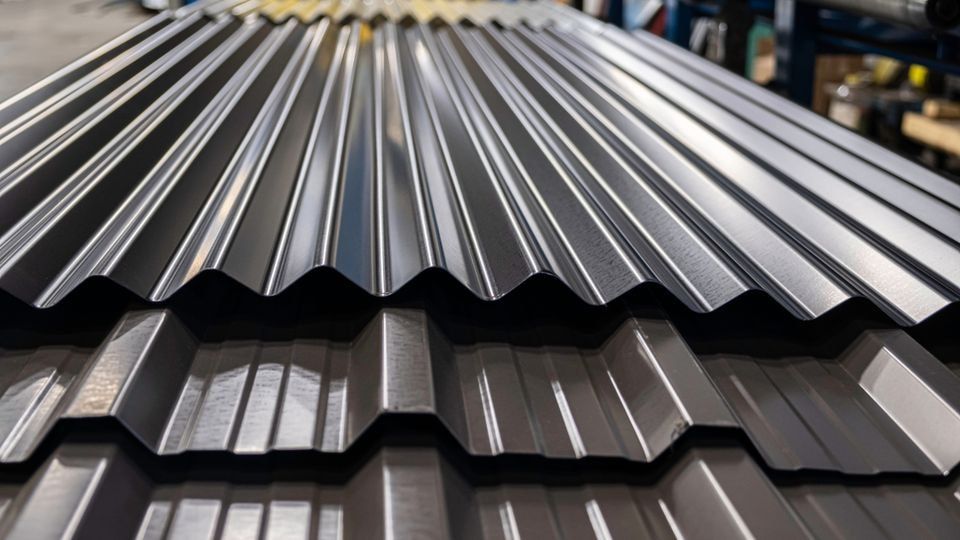
What Defines a Metal Roof
Metal roofs come in various styles and materials including steel, aluminum, copper, and zinc. Standing seam metal roofs feature raised seams connecting vertical panels, creating clean, modern lines. Metal shingles mimic traditional roofing materials while providing metal's benefits. Metal panels offer versatility for different architectural styles.The roofing industry has refined metal roof technology significantly over recent decades. Modern metal roofs bear little resemblance to the barn roofs of the past. Advanced coatings resist fading, prevent rust, and enhance weather resistance. Manufacturing improvements have expanded color options and style variations.
Metal roof installation requires specialized skills and equipment. Proper installation affects performance dramatically, making contractor selection critical. The roof deck must be prepared appropriately, and fasteners must be installed correctly to prevent leaks and ensure structural integrity.
Quick tip: Metal roofs can be installed
over existing shingle roofs in many cases, eliminating tear-off costs and reducing landfill waste during your roofing project.
Understanding Asphalt Shingles
Asphalt shingles dominate residential roofing across North America. These traditional materials combine a fiberglass or organic mat base with asphalt coating and mineral granules. The manufacturing process creates shingles in various grades from basic three-tab to premium architectural styles.Traditional asphalt shingles come in countless colors and textures. Architectural shingles create dimensional appearances mimicking wood shakes or slate. Composite shingles incorporate advanced materials improving performance while maintaining the familiar shingle aesthetic.
Shingle installation follows straightforward processes familiar to most roofing contractors. The widespread availability of experienced installers and standardized techniques makes asphalt roofing accessible and competitively priced. This familiarity contributes to asphalt shingles' continued market dominance.
Durability and Lifespan Comparison
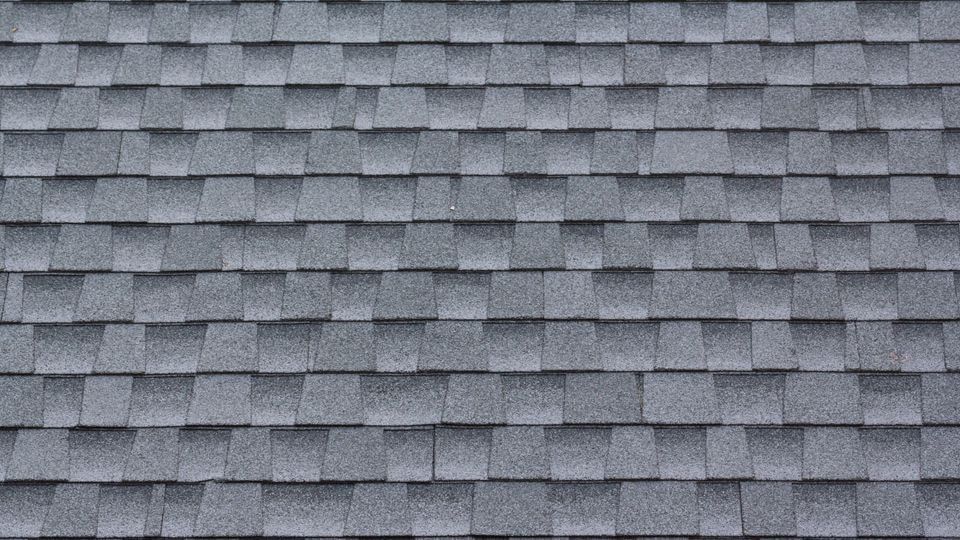
Metal Roof Longevity
Metal roofs offer exceptional durability, lasting 40-70 years depending on material and installation quality. Steel roofs typically last 40-50 years, while aluminum, copper, and zinc roofs can exceed 70 years. This longevity means most homeowners install only one metal roof during their ownership.Metal roofs resist common roofing problems that plague other materials. They do not crack, curl, or lose granules like shingles. Properly installed metal roofs handle extreme weather conditions including high winds, heavy snow, and intense sun exposure. The material's inherent strength prevents damage from falling branches and weather debris.
Maintenance requirements for metal roofs remain minimal throughout their lifespan. Occasional inspections to check fasteners and sealants, along with debris removal, typically suffice. This low maintenance need reduces lifetime ownership costs despite higher initial investment.
Did you know? Metal roofs in hurricane prone areas consistently outperform other roofing materials, with many withstanding wind speeds exceeding 140 mph when installed properly.
Shingle Roof Lifespan
Asphalt roofs typically last 15-30 years depending on quality and climate conditions. Basic three-tab shingles on the lower end may need replacement after 15-20 years. Premium architectural shingles can reach 25-30 years in favorable conditions.Climate significantly affects shingle longevity. Hot climates accelerate deterioration as thermal cycling causes shingles to expand and contract. Extreme weather including hail, high winds, and heavy rain can damage shingles, reducing their effective lifespan. Ice dams and ice buildup during Wisconsin winters can lift and damage shingles.
Regular maintenance extends shingle roof life. Replacing damaged shingles promptly prevents water infiltration. Keeping gutters clean and removing debris protects shingles from moisture damage and algae growth. Even with diligent maintenance, asphalt roofs require replacement multiple times during a home's life.
Energy Efficiency and Environmental Considerations
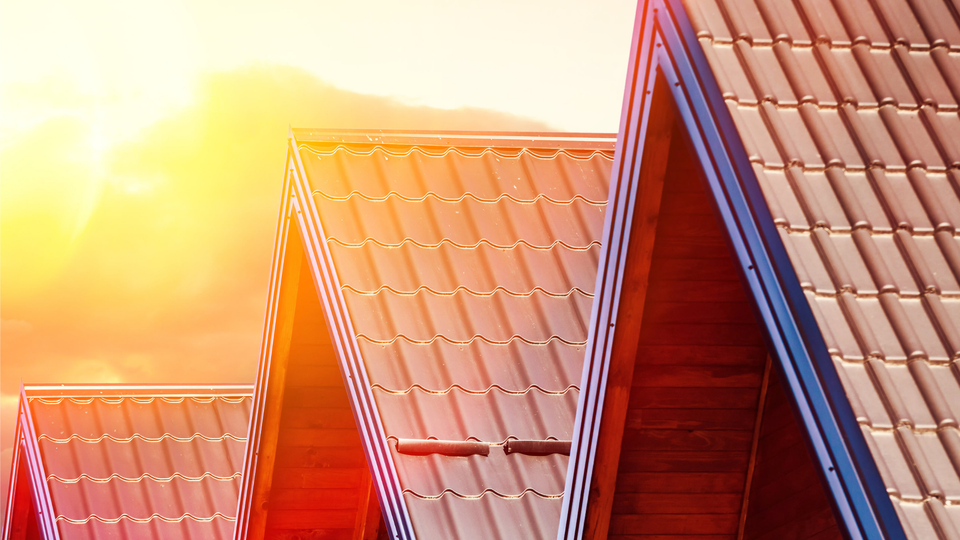
Metal Roofs and Energy Savings
Energy efficient roofing reduces cooling costs during summer months. Metal roofs reflect heat rather than absorbing it like asphalt shingles. This reflective quality keeps homes cooler, reducing air conditioning demands. Light colors enhance reflective properties, though modern coatings make darker metals energy efficient as well.Studies show metal roofs can reduce cooling costs by 10-25 percent compared to traditional shingles. The savings vary based on climate, insulation, and home construction. In hot climates, metal's energy efficiency provides substantial annual savings that offset higher initial costs.
Metal roofs also prevent ice dams better than shingles. The smooth surface allows snow to slide off rather than accumulating. Better heat retention prevents the freeze-thaw cycles that create ice buildup and damage roof edges. This performance protects both the roof and the home's interior.
Environmental Impact of Metal Roofing
Meta offers superior environmental credentials compared to asphalt shingles. Most metal roofing contains 25-95 percent recycled materials depending on the metal type. At the end of their long service life, metal roofs are 100 percent recyclable, avoiding landfill waste.Asphalt shingles create substantial environmental impact. Manufacturing requires petroleum products, and disposal sends millions of tons of material to landfills annually. Shingles removed during replacement represent one of the largest waste streams in construction.
Metal roofs' longevity reduces resource consumption by eliminating repeated manufacturing and installation cycles. The energy saved through improved efficiency further reduces environmental footprint. For environmentally conscious homeowners, metal clearly surpasses traditional materials.
Quick tip: Metal roofs provide excellent mounting surfaces for solar panels, with penetration-free clamp systems that maintain roof integrity while supporting solar system installations.
Weather Performance and Climate Considerations
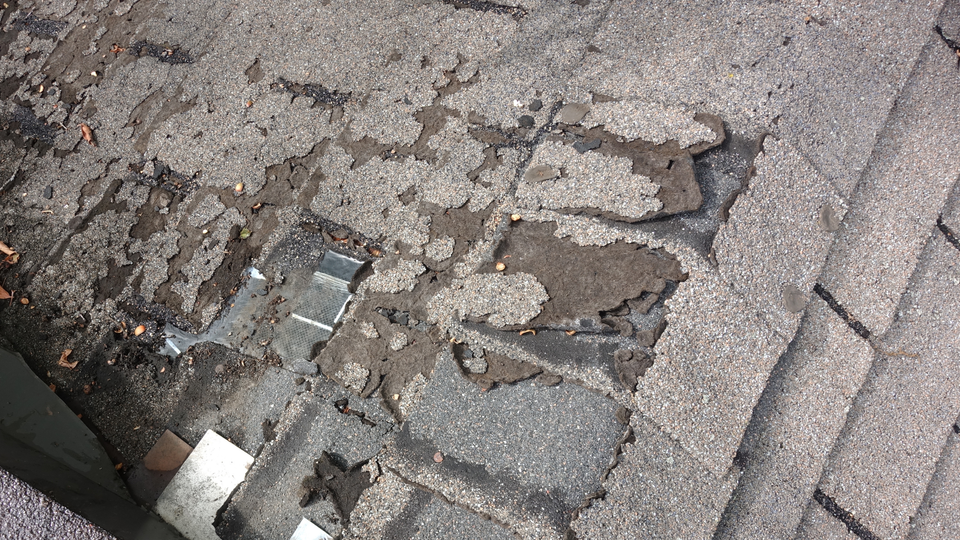
Metal Roof Weather Resistance
Metal roofs excel in extreme weather conditions common to the Fox Valley region. Heavy snow loads slide off metal surfaces rather than accumulating and stressing roof structures. The smooth surface prevents snow and ice from bonding, reducing ice dam formation.Strong winds pose minimal threat to properly installed metal roofs. Interlocking panels and concealed fasteners create continuous protection that resists uplift. Metal roofs rated for high winds regularly survive hurricanes and tornadoes that destroy shingle roofs.
Heavy rain and moisture present no problems for metal roofs. The impermeable surface prevents water infiltration when installed with appropriate underlayment and flashing. Metal's resistance to rot, mold, and decay ensures consistent performance regardless of moisture exposure.
Shingle Performance in Various Conditions
Asphalt roofs perform adequately in moderate weather but struggle with extreme conditions. Wisconsin's climate challenges shingles through freeze-thaw cycles, ice dams, and occasional severe storms. Each weather event potentially damages shingles, reducing their effective lifespan.High winds can lift and remove shingles, creating entry points for water damage. Architectural shingles resist wind better than three-tab varieties, but neither matches metal's wind resistance. Storm damage often requires repairs or premature replacement.
Heavy snow presents multiple challenges for shingle roofs. The weight stresses roof structures, and ice dams forming at eaves allow water to back up under shingles. Repeated freeze-thaw cycles crack sealant and damage shingle edges, creating ongoing maintenance needs.
Aesthetic Considerations and Architectural Compatibility
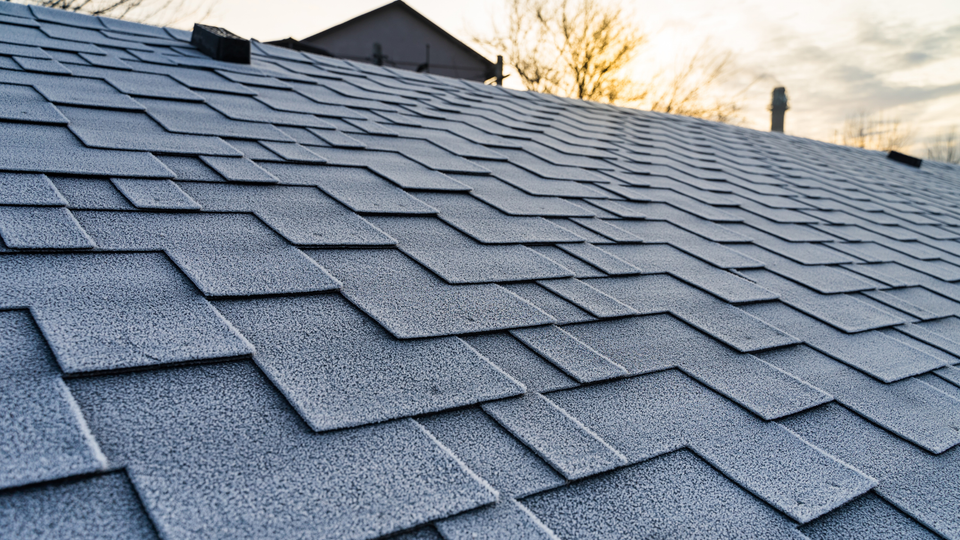
Metal Roof Appearance Options
Modern metal roofs tend to offer remarkable aesthetic versatility. Standing seam profiles create contemporary, clean-lined appearances popular in modern architecture. Metal shingles and panels mimic traditional roofing materials including wood shakes, slate, and tile while providing metal's performance benefits.Color options span the spectrum from traditional neutrals to bold contemporary hues. Factory-applied coatings resist fading far better than painted surfaces. The color retention ensures roofs maintain their appearance for decades without needing refinishing.
Metal roofs suit various architectural styles from historic restorations to cutting-edge contemporary designs. The key lies in selecting appropriate profiles and colors. Copper roofs enhance upscale traditional homes, while standing seam steel suits modern farmhouse aesthetics.
Shingle Roof Aesthetic Appeal
Asphalt shingles excel in traditional residential applications. The familiar appearance suits most architectural styles, making shingles safe choices for neighborhood compatibility. Architectural shingles create dimensional textures approximating premium materials at fraction of the metal roof cost.Color and style variety gives homeowners extensive options. Manufacturers offer dozens of colors and patterns. This variety helps homeowners match existing aesthetics or create desired appearances. The widespread use of shingles ensures they blend seamlessly into established neighborhoods.
However, shingles lose visual appeal as they age. Granule loss creates discoloration and uneven appearance. Algae growth in humid climates creates dark streaks. These aesthetic issues develop long before shingles fail structurally, motivating replacement for appearance reasons.
For comprehensive information on different metal roofing styles and options, explore understanding the different types of metal roofs available for residential applications.
Installation Process and Requirements
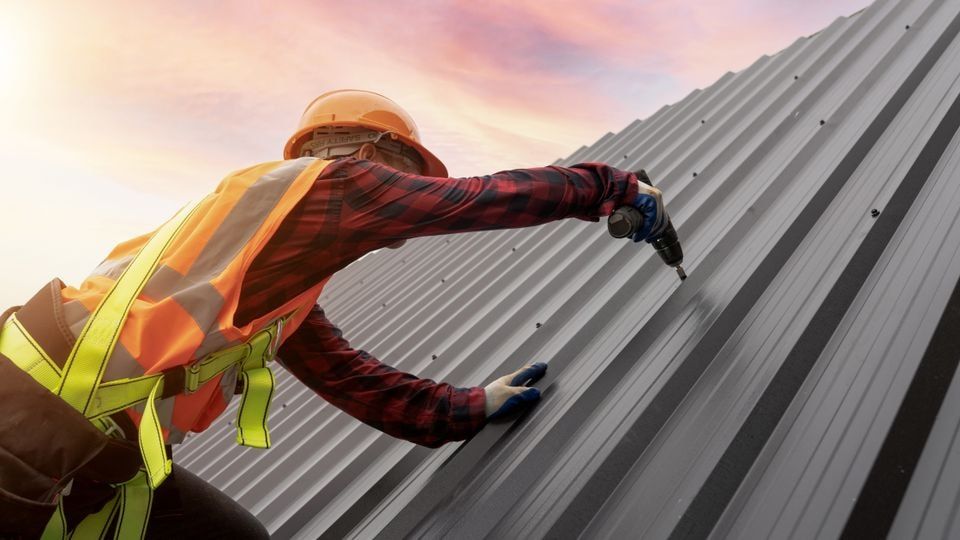
Installing a Metal Roof
Metal roof installation requires specialized knowledge and equipment. Contractors must understand proper fastening techniques, panel alignment, and flashing details. Errors during installation compromise performance and longevity, making contractor selection critical.Installing a metal roof typically involves removing existing roofing, preparing the roof deck, installing underlayment, and attaching metal panels or shingles. Standing seam systems use concealed fasteners requiring special tools. Proper roof penetrations for vents and chimneys demand careful flashing to maintain weathertight integrity.
Installation takes longer than shingle application due to precision requirements. However, metal's durability means the quality installation serves the home for decades. The investment in proper installation pays dividends throughout the roof's extended lifespan.
Shingle Installation Process
Shingle installation follows straightforward procedures most roofing contractors master. The process includes tear-off of old roofing, deck inspection and repair, underlayment installation, and shingle application. The simplicity keeps labor costs down and makes qualified contractors readily available.Installation speed represents a significant shingle advantage. Experienced crews can complete typical residential roofs in 1-3 days. This quick turnaround minimizes weather exposure during installation and reduces disruption to homeowners.
However, installation quality significantly affects shingle performance and longevity. Proper nailing patterns, adequate ventilation, and correct flashing determine whether shingles reach their rated lifespan. Substandard installation creates premature failures regardless of shingle quality.
Maintenance Requirements and Repairs
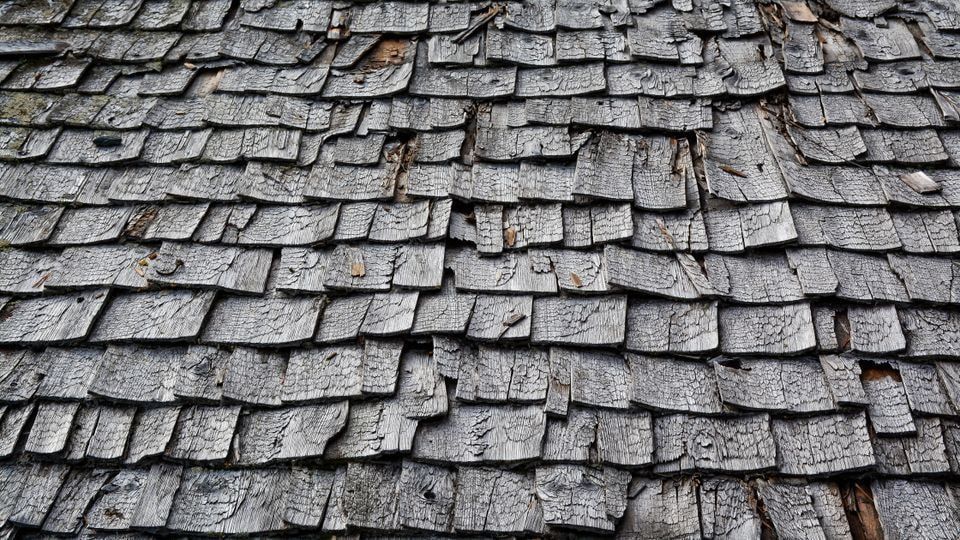
Metal Roof Maintenance Needs
Metal roofs require minimal maintenance compared to other materials. Annual inspections checking fasteners, sealants, and flashing typically suffice. Removing debris from valleys and ensuring proper drainage prevents potential issues. This low maintenance burden appeals to homeowners seeking hands-off roofing solutions.Touch-up painting may be necessary if scratches expose bare metal, though quality coatings resist such damage. Inspecting and maintaining roof penetrations prevents leaks. These simple tasks preserve metal roofs' exceptional performance for decades.
Repairs, when needed, typically involve resealing panels or replacing fasteners. The durability means repairs occur infrequently. Professional repair maintains system integrity and prevents minor issues from becoming major problems.
Shingle Maintenance Requirements
Shingle roofs demand more active maintenance to achieve maximum lifespan. Regular inspections identify damaged shingles requiring replacement. Keeping roofs clean prevents algae growth and extends life. Clearing debris from valleys and gutters protects against moisture damage.Storm damage requires prompt attention. Missing or lifted shingles allow water infiltration that damages roof decks and interiors. Quick repairs limit damage and prevent expensive secondary problems. Unfortunately, damage often goes unnoticed until interior leaks appear.
As shingles age, maintenance needs increase. More frequent repairs become necessary as materials deteriorate. The cumulative cost of these repairs adds to total ownership expenses over the roof's lifetime.
Understanding Exceptional Durability Factors
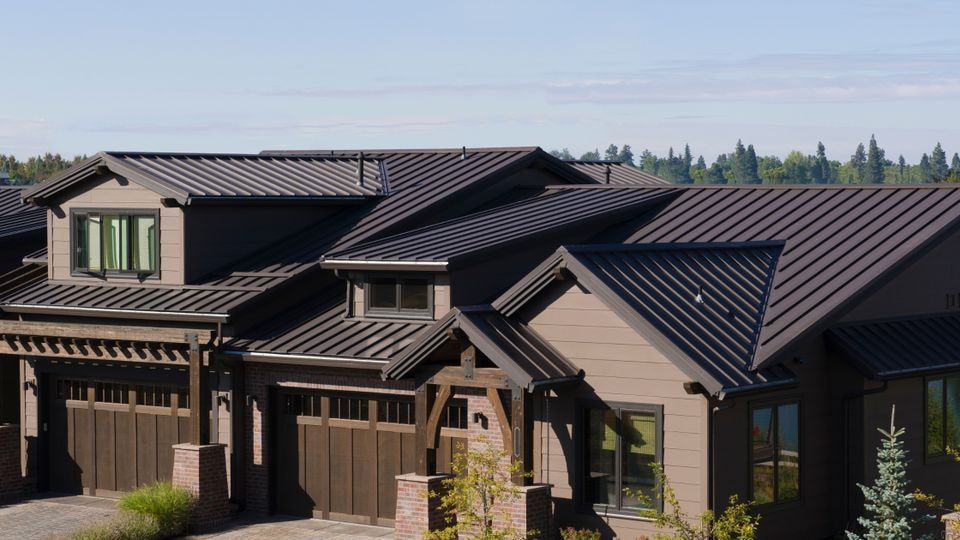
What Makes Metal Roofs Highly Resistant
Metal roofs' structural integrity stems from material properties and installation methods. The metal itself resists the degradation that affects organic materials. It does not rot, crack, or support biological growth. This immunity to common roofing problems explains metal's extended lifespan.Coatings protect metal from corrosion and environmental exposure. Modern finishes create barriers preventing oxidation while resisting UV damage. These protective layers maintain appearance and performance throughout the roof's service life.
Proper installation maximizes durability. Concealed fasteners in standing seam systems eliminate potential leak points. Expansion joints accommodate thermal movement. These design features allow metal roofs to handle temperature extremes and weather stress that damage other materials.
Factors Affecting Shingle Durability
Asphalt shingles face multiple durability challenges. UV exposure gradually breaks down asphalt binders, causing brittleness and cracking. Thermal cycling from daily temperature swings stresses materials. These effects accumulate over time, inevitably leading to deterioration.Granule loss accelerates shingle aging. The protective mineral coating shields underlying asphalt from UV damage and weathering. As granules wash away, exposure increases and deterioration accelerates. This self-reinforcing degradation explains why shingle failure often happens suddenly.
Biological growth including algae, moss, and lichen damages shingles. These organisms retain moisture against shingle surfaces, promoting rot and accelerating breakdown. In humid climates like Wisconsin, biological growth represents a constant challenge for asphalt roofing.
For detailed information about roof construction and components, review understanding the anatomy of your roof to better comprehend how different materials integrate.
The Metal Roofing Alliance provides comprehensive information about metal roofing including performance data, installation guidelines, and environmental benefits.
Frequently Asked Questions
How does metal roof vs shingles compare for Wisconsin homes?
Metal roofs outperform asphalt shingles in Wisconsin's challenging climate. Heavy snow slides off metal surfaces rather than accumulating and forming ice dams. Metal handles freeze-thaw cycles and extreme weather without the damage that shortens shingle life. The exceptional durability and weather resistance make metal roofs excellent choices for Fox Valley homeowners despite higher initial costs.
Do metal roofs really last longer than shingle roofs?
Yes, metal roofs last significantly longer than asphalt shingle roofs. While shingle roofs typically need replacement after 15-30 years, metal roofs serve 40-70 years depending on material. Many homeowners install one metal roof that lasts their entire ownership period, eliminating repeated replacement metal roof costs associated with multiple shingle installations.
Are metal roofs more energy efficient than asphalt shingles?
Metal roofs demonstrate superior energy efficiency compared to asphalt shingles. Metal roofs reflect heat rather than absorbing it, reducing cooling costs by 10-25 percent in hot climates. Light colors enhance reflective properties, though modern coatings make all metal roofs energy efficient. Asphalt shingles absorb solar heat, transferring it into homes and increasing air conditioning demands.
Can solar panels be installed on both metal roofs and shingle roofs?
Both metal roofs and shingle roofs can support solar panels, though installation methods differ. Metal roofs offer advantages through clamp systems that attach panels without roof penetrations, maintaining roof integrity. Shingle installations require penetrations that must be carefully sealed. The longer lifespan of metal roofs means solar systems will not outlive the roof, avoiding complications from needing to remove panels for roof replacement.
How do insurance premiums compare for metal roof vs shingles?
Many insurance companies offer lower premiums for metal roofs due to their superior fire resistance, wind resistance, and weather durability. The reduced risk of weather damage and fire losses makes metal roofs more attractive to insurers. Shingle roofs receive standard rates reflecting their vulnerability to storm damage and shorter lifespans. The insurance savings over a metal roof's lifetime contribute to its overall cost effectiveness.
Which material handles extreme weather conditions better?
Metal roofs handle extreme weather conditions far better than asphalt shingle roofs. Metal resists high winds that can lift and remove shingles. Heavy snow and ice slide off metal surfaces rather than accumulating. Metal roofs are highly resistant to hail damage, falling branches, and weather debris that damage shingles. In hurricane prone areas and regions with severe weather, metal roofs consistently outperform traditional materials.
Do metal roofs require special maintenance compared to shingles?
Metal roofs require less maintenance than asphalt roofs. Annual inspections and occasional debris removal typically suffice for metal. Shingles need more frequent inspection and damaged shingle replacement. Metal's resistance to rot, biological growth, and weather damage eliminates many maintenance issues plaguing shingle roofs. This reduced maintenance burden lowers lifetime ownership costs despite metal's higher initial investment.
What type of roof material offers better fire resistance?
Metal roofs provide superior fire resistance compared to asphalt shingles. Metal achieves Class A fire rating regardless of underlying materials and will not ignite from embers or external fire sources. While asphalt shingles can also achieve Class A ratings with proper underlayment, they remain combustible petroleum-based products. Metal's inherent fire resistance provides better protection and may reduce insurance premiums.
How do personal preferences affect the choice between metal and shingles?
Personal preferences significantly influence material selection beyond practical considerations. Some homeowners prefer traditional shingle aesthetics, while others favor metal's modern appearance. Budget constraints, environmental concerns, and long-term planning affect decisions. Many homeowners value metal's longevity and low maintenance despite higher costs, while others prioritize asphalt roofing's affordability and familiar appearance. Understanding both options' strengths helps align choices with personal preferences and practical needs.
Conclusion
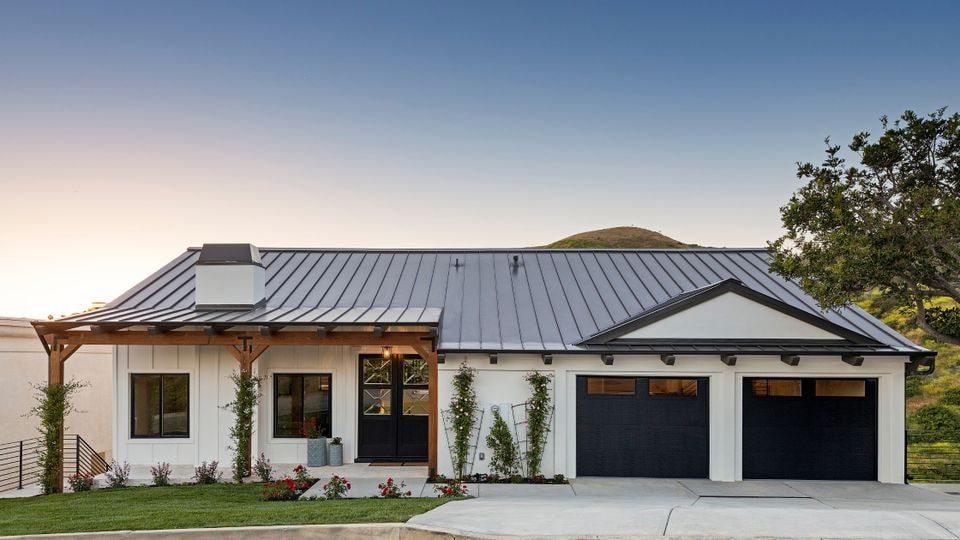
The metal roof vs shingles decision involves balancing multiple factors including cost, durability, appearance, and performance. Metal roofs offer exceptional durability, energy efficiency, fire resistance, and environmental benefits. Their extended lifespan and minimal maintenance make them cost effective despite higher initial investment. Metal excels in extreme weather conditions and provides superior protection.
Asphalt shingle roofs provide affordable initial costs and familiar aesthetics that suit most homes. Their widespread availability and straightforward installation keep costs reasonable. However, shorter lifespans require periodic replacement, and performance limitations in severe weather create ongoing challenges.
Fox Valley homeowners must consider local climate conditions when choosing roofing materials. Wisconsin's heavy snow, ice dams, and temperature extremes favor metal's superior weather resistance. The long-term value metal roofs deliver through reduced energy bills, lower maintenance, and eliminated replacement costs often justifies the higher upfront investment.
Ultimately, the best choice depends on budget, aesthetic preferences, and long-term homeownership plans. Homeowners planning to stay in homes for decades benefit most from metal's longevity. Those with shorter timelines or budget constraints may find shingles more practical. Consulting qualified roofing professionals and evaluating personal priorities leads to informed decisions that protect homes and investments for years to come.
Asphalt shingle roofs provide affordable initial costs and familiar aesthetics that suit most homes. Their widespread availability and straightforward installation keep costs reasonable. However, shorter lifespans require periodic replacement, and performance limitations in severe weather create ongoing challenges.
Fox Valley homeowners must consider local climate conditions when choosing roofing materials. Wisconsin's heavy snow, ice dams, and temperature extremes favor metal's superior weather resistance. The long-term value metal roofs deliver through reduced energy bills, lower maintenance, and eliminated replacement costs often justifies the higher upfront investment.
Ultimately, the best choice depends on budget, aesthetic preferences, and long-term homeownership plans. Homeowners planning to stay in homes for decades benefit most from metal's longevity. Those with shorter timelines or budget constraints may find shingles more practical. Consulting qualified roofing professionals and evaluating personal priorities leads to informed decisions that protect homes and investments for years to come.
